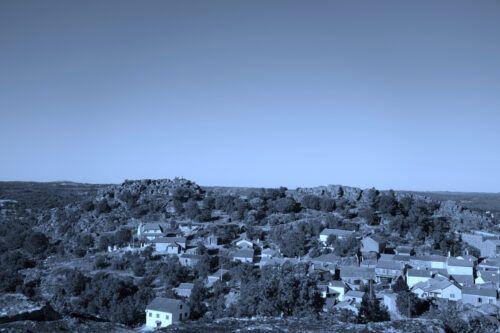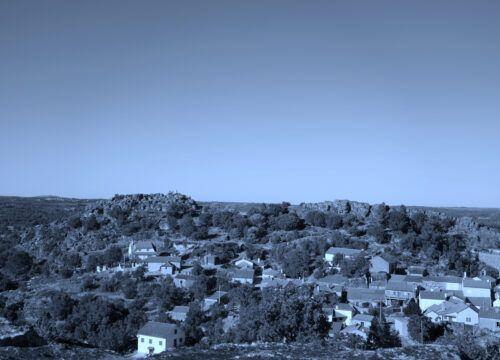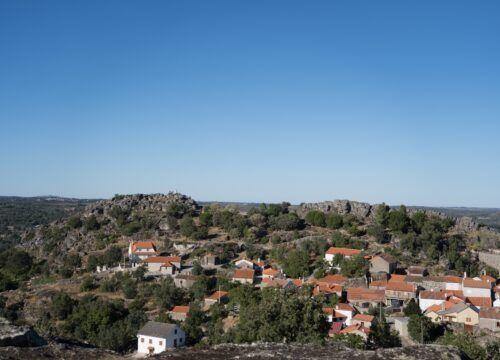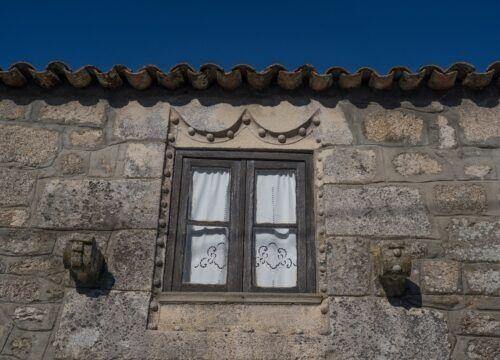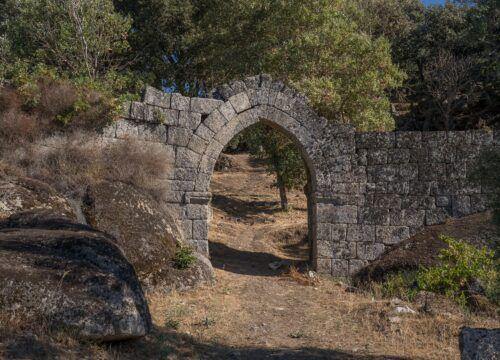Vila do Touro
SHORT HISTORY
The ancient human presence in the area is attested by the proto- historical traces found inside the current castle. In the early thirteenth century, the Côa River marked the frontier between Portugal and León, so there was a concern to build castles capable of defending it.
In 1220, Pedro Alvites, Master of the Knights Templar, granted a charter to Vila do Touro. Among other things, the population had the obligation to build a castle. Of this castle, we are only able to find two curtain walls, making use of the relief between boulders. The construction was probably never finished. According to the 1290 Inquiries, the castle was destroyed by the council of Guarda, worried about the threat it could represent to the council’s domain over the area.
In 1319, Vila do Touro, following the extinction of the Knights Templar, fell under the rule of the Order of Christ and had its charter renewed in 1510 by D. Manuel.
FOR A VISIT
The town belonged, from the 13th century, to the Knights Templar and later its continuation, the Order of Christ. The castle, which began being built around that time, remains unfinished, with a single entrance gate and two wall curtains that adapt to the relief of the terrain. Inside we find several game boards engraved in outcrops bearing witness to how builders or the military garrison passed their time.
From its highest area, one can enjoy a wide panorama, with the main elevations of the region coming into perfect focus: São Cornélio, Cabeço das Fráguas, Guarda, Jarmelo, Caria Talaia, Sabugal Velho, etc.
Taking a brief walk, starting at the pillory, the Direita and Pedro Alvito streets have several (16th century) Manueline windows or of the following centuries. At the end of this street, we find the chapel of Our Lady of the Market, an interesting chapel with a porch. near the path that descends from the church, we come across a game board engraved on a rock outcrop. A few meters away is the entrance to the castle.
To the west of the road, we may find an interesting house, including, in its construction, a huge granitic boulder. In addition to the main church, two other chapels are worth a visit: St. Sebastian and St. Gens, in an elevated area bordering the town. here, near the chapel, we will find ancient land plots, as well as the crosses of the old Calvary.
Download the flyer here
